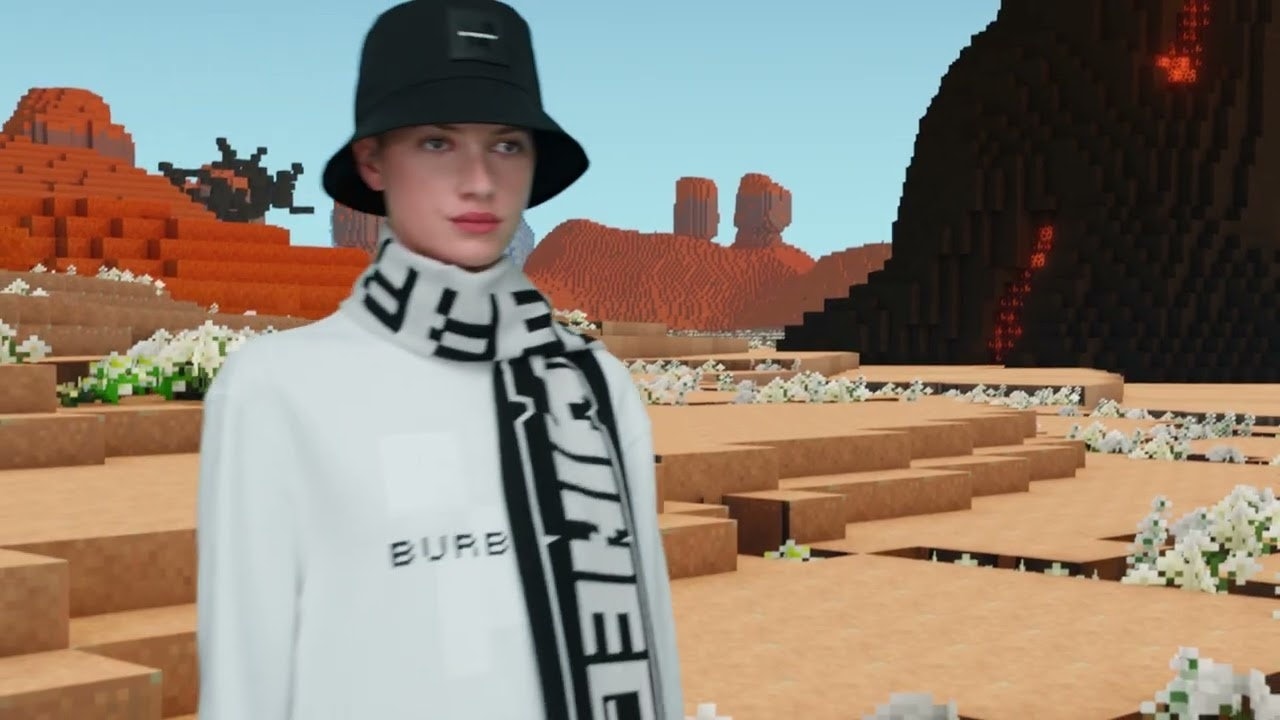Trends like quiet luxury, gorpcore and unisex style are making waves in fashion, but one underrepresented demographic is turning the tide: gamers.
From Twitch streamers sitting front row at Gucci to Ralph Lauren bringing Fortnite’s native stompers to life, gamers are shaping up to be one of fashion’s most powerful top spenders – and luxury brands are listening.
“Gaming is the most exciting industry, but I think it was overlooked by a lot of people for a very long time. It’s only recently that the globe has woken up to it,” Benoit Pagotto, founder of RTFKT and avid gamer, told Jing Daily earlier this year.
Growing interest in the metaverse and an uptick in global video game users has brought gamers to cultural recognition. Over the past year, brands have seized the opportunity to launch high-profile collaborations alongside some of the arena’s most prolific players.
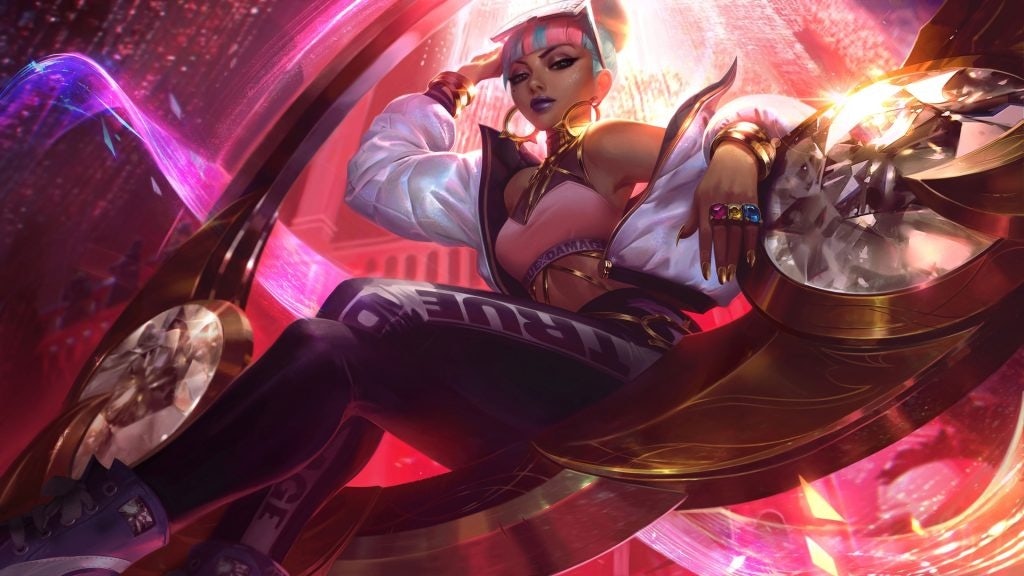
A $188 billion opportunity#
The global gaming market is forecast to generate revenue of up to $188 billion in 2023, with one in two Gen Z consumers spending money on video games.
Yet, despite being one of the most lucrative entertainment sectors, luxury fashion houses have often missed the mark in acknowledging, and ultimately monetizing, this colossal consumer market.
The relationship between fashion and gaming has been a slow burn. Luxury brands partnering with video gaming services isn’t a new alliance – Louis Vuitton teamed up with Final Fantasy XIII to showcase its collection in 2015, while Diesel made clothes for The Sims back in 2012 – but the phenomenon only recently began gaining traction following the metaverse’s rise to public prominence, and Covid-19.
According to gaming market intelligence firm SuperData, more than half of US residents turned to video games to fill their time during the first phase of Covid-19 lockdowns.
This number didn’t recede, even after the lifting of restrictions. Over 3 billion people now play games globally, with industry giants like Roblox drawing in around 65.5 million daily active users.
These platforms are now boosting the repertoires of luxury behemoths including Gucci, Dior, Tommy Hilfiger, and Burberry.

Fashion-conscious gamers#
For decades, gamers were pigeonholed into one stereotype – a nerdy recluse who doesn’t care for fashion. Last year, the Oxford Dictionary even selected the term ‘Goblin Mode’ as its word of the year, capturing the mood of individuals storing themselves away to indulge in games and other forms of video entertainment. This trope has since been debunked, thanks to gamers’ more diverse representation.
Today, some gamers are the new ‘cool kids’ – and everyone wants in. Internet celebrities like KSI, who started out posting commentary videos of FIFA gameplay onto Youtube in 2009, is now estimated to be worth roughly $27 million with over 24 million subscribers on the channel.
The entrepreneur has since been tapped for collaborations by Adidas Originals, and is the brains behind the Prime beverage empire alongside media personality Logan Paul.
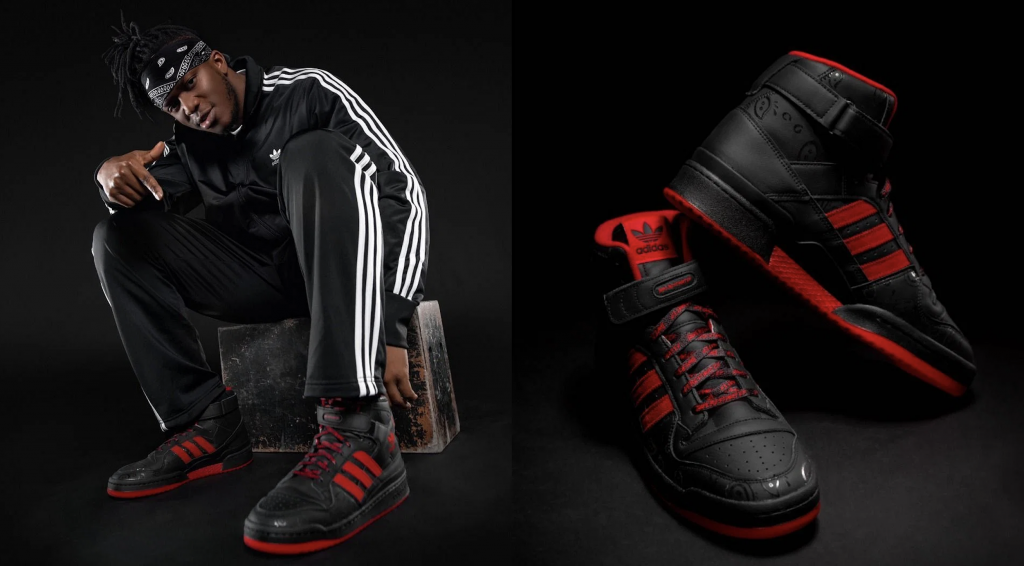
“If you think all gamers are just Mountain Dew-chugging, basement-dwelling guys, you're not just wrong, you're missing out on a broad and diverse audience,” Jeremy Merrell Williams, Chief Code Architect at app design and growth lab Vyudu.Inc tells Jing Daily. “The average gamer isn't just sitting in a basement anymore; they're influencers, they're tastemakers. But gamers also want to flex their individuality and their passions. Brands need to understand this if they want to score in this arena.”
Anzu’s research into US gamers found that 76 percent of them follow fashion brands and influencers, with 66 percent investing in luxury branded products.
“#
Gamers were considered outsiders until a few years ago, but today they are the new trendsetters, and more influential than most social media talents or major athletes,” says Stefano Rosso, founder and CEO of fashion gaming lifestyle platform D-Cave. “As a result, their image and the way they portray themselves are constantly improving. Some of them now look as slick as Hollywood celebrities.”
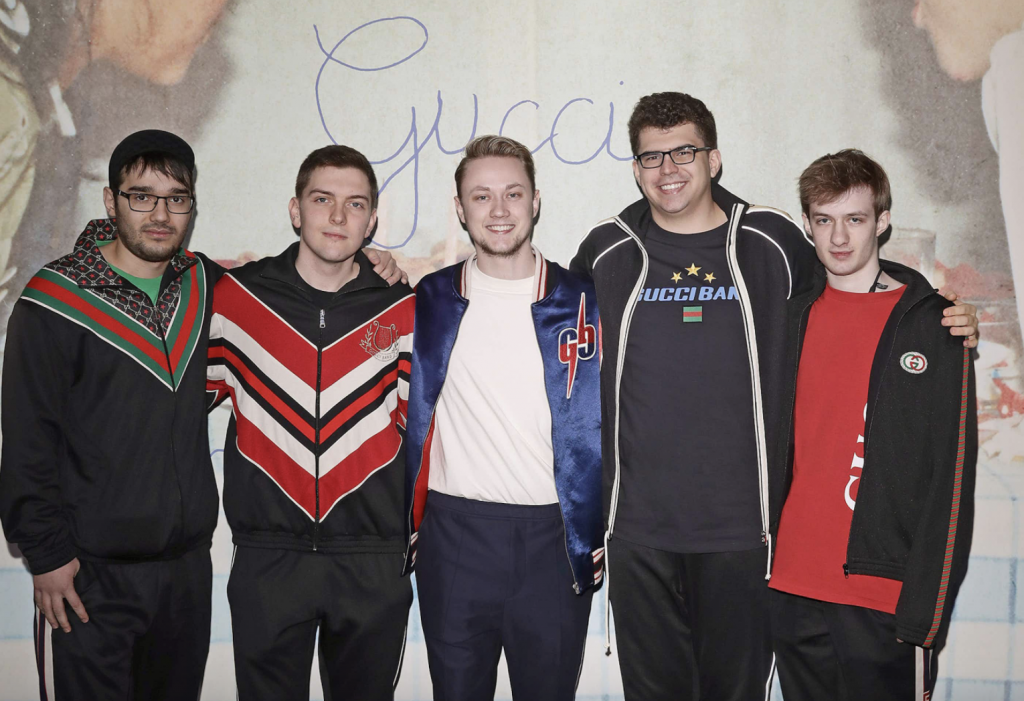
For example, an uptick in publicity surrounding esports has transformed gamers from everyday hobbyists to celebrities with major spending power. After gaining star status, luxury fashion labels are often their first port of call. But brands were slow to catch on.
“I was seeing all my esports players becoming superstars and starting to buy the Supremes and Guccis. But there was nothing really made for them on the market. No one was creating anything for this culture,” Pagotto says.
Fashion houses have begun upping their game. In June 2020, professional esports organization Fnatic joined forces with Gucci to launch an exclusive watch collaboration with each item priced at $1,620. The 100-piece collection sold out in less than 48 hours.
Zeroing in on its audience base, Rosso’s D-Cave teamed up with niche sunglasses label Retrosuperfuture to develop the first pair of gaming lifestyle sunglasses. Merging practicality with style, the lenses are both blue light absorptive and UV-sensitive, making them “perfect for all occasions, to play several hours on your PC, or to walk on the beach with your friends,” says Rosso.
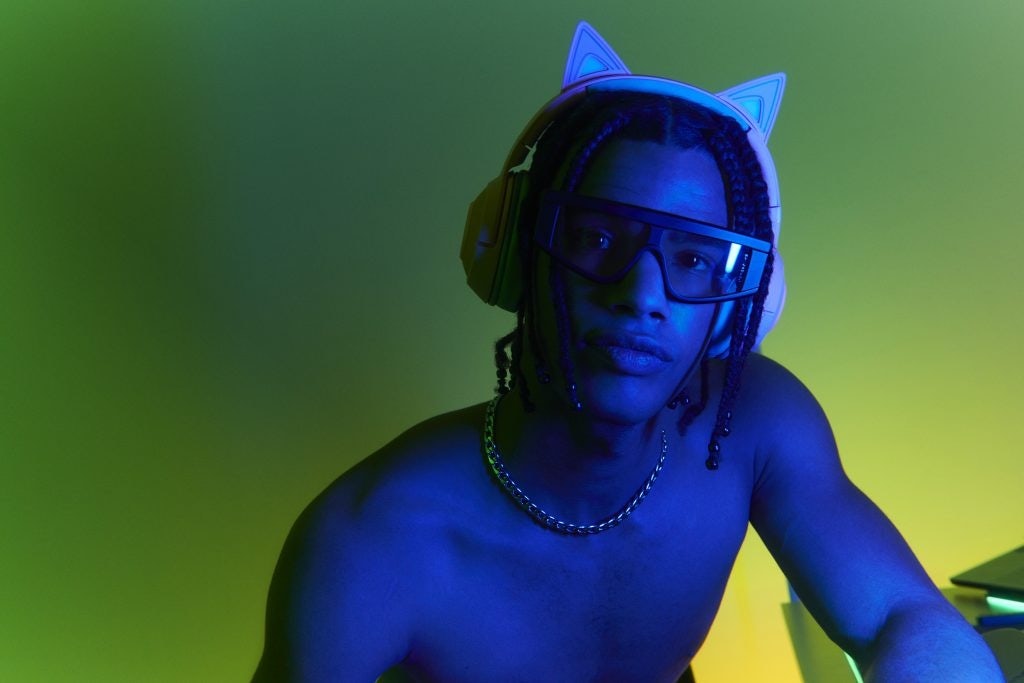
Self-expression the new social currency#
Gaming platforms have the valuable advantage of capturing Gen Z consumers at a critical stage in their development. Adolescents often turn to online gaming platforms as an outlet to express themselves and explore their identity.
It’s estimated that the average US-based Gen Z consumer spends $80 a month on gaming-related assets. Though that may not seem like much, it equates to $61,440 over a lifetime. Global marketing agency Udonis also found that 91 percent of surveyed Gen Z consumers had spent money on in-game purchases this year.
Moreover, Gen Z represents a growing proportion of luxury consumers, with Bain & Company forecasting this group will make up 45 percent of the global luxury goods market by 2025.
“Luxury fashion houses are no dummies. They see a massive, growing audience in gaming and they want in. This isn't just a fad; it's smart business,” Williams says. “The gaming world is teeming with young, engaged audiences who could be the next generation of luxury consumers. Brands like Prada and Gucci are future-proofing themselves by reaching these younger audiences today.”
Young gamers are also heavily influenced by their idols. Twitch streamers like Ninja (Richard Tyler Blevins) can now boast upwards of 12 million followers on social media channels and rake in tens of thousands of dollars a month thanks to their buzzy, high-octane streaming content.
"I was seeing all my esports players becoming superstars and starting to buy the Supremes and Guccis. But there was nothing really made for them on the market. No one was creating anything for this culture."
Even pop culture is getting in on the action. In early 2022, Canadian music behemoth – and self-confessed passionate gamer – Drake famously tipped Twitch streamer Sincerelyjuju $86,000 in Bitcoin, which she reportedly later lost gambling on the same night. The news later made headlines, and sent waves across the gaming community.
Brands are recognizing these personas’ bankability with younger audiences.
“When a popular [gaming] streamer dons a particular brand, boom, it's like an endorsement from LeBron James in the sports world,” Williams says.
Bridging the gap#
In 2021, a digital version of Gucci’s Dionysus handbag sold on Roblox for 475 Robux, or $4,115. Since then, brands have flocked to the gamerverse to try and achieve the same success and ramp up their cultural relevance. In November last year, Burberry released a clothing line in Minecraft, while Dior targeted Gran Turismo’s audience by kitting out its drivers in Dior-clad skins in July last year.
The latest phenomenon to emerge is brands plucking in-game relics from the screen and producing them IRL, rather than digitizing their own assets.
Gaming merchandise and replicas have graced shelves for decades, but they are now achieving high-profile status thanks to early movers like Ralph Lauren. Last month, the American retailer shed its preppy school-boy status in favor of bringing Fortnite’s iconic P-Wing boot to life.
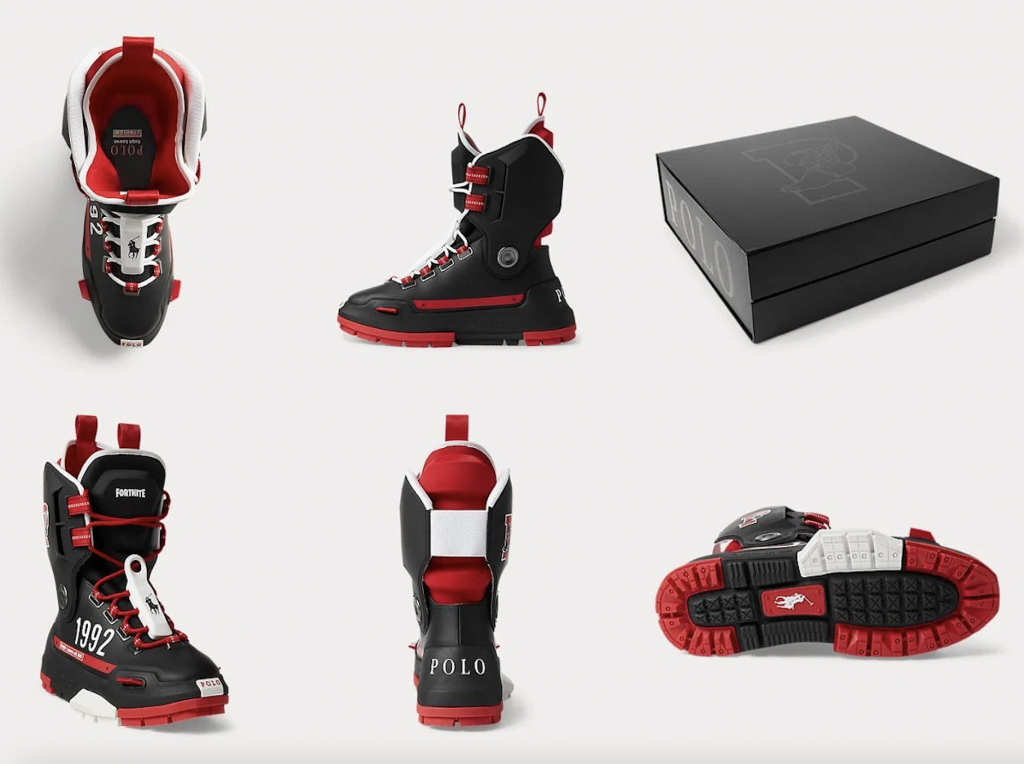
New wave of mobile gamers#
While brands have been busy courting major video game franchises, mobile fashion games have often been overlooked as a potential revenue driver. But thanks to emerging platforms like Drest, they’re picking up steam.
Drest aims to attract lovers of fashion to the metaverse by immersing them in the creative process, from virtual styling options to editorial photoshoots, as well as allowing players to discover and shop the latest trends.
Sixty-one percent of Drest’s users are aged between 18 and 24, with 89 percent of its audience identifying as female, the company told Jing Daily.
“Our players come to Drest specifically because they are passionate and interested in fashion and beauty. This clear purpose makes our audience a uniquely and highly qualified one in terms of their guaranteed interest in our brand partners, rather than just a subset of a larger audience,” Lucy Yeomans, founder and co-chair of Drest, tells Jing Daily.
The platform raised £15 million ($18.8 million) in June this year for its expansion, which includes its new Drest 2.0 product.
“You gotta respect the culture, the diversity, the subtleties. You're not just speaking to one kind of gamer, you're speaking to an entire ecosystem of people with varied interests and backgrounds.”
Drest has already collaborated with brands including Gucci, Christian Louboutin, Valentino, and Fendi. It also recently teamed up with Copenhagen Fashion Week to bring a tranche of Scandinavia’s most popular fashion brands, such as Ganni and Cecilie Bahnsen, to the gamerverse.
“Our game follows the current newscycle, and all challenges are based on things happening right now in the fashion, beauty and lifestyle industries. Therefore, when you play Drest, you feel part of the conversation and of a bigger community,” Yeomans says.
Although the platform doesn’t disclose its active user base numbers, it reports the number of users has grown 250 percent year-on-year since launching in 2019.
Drest gives people a taste of the high-fashion pieces they may not have access to in real life, and successfully captures changing attitudes towards digital identities – people don’t just want to look good offline, they want to look good online, too.
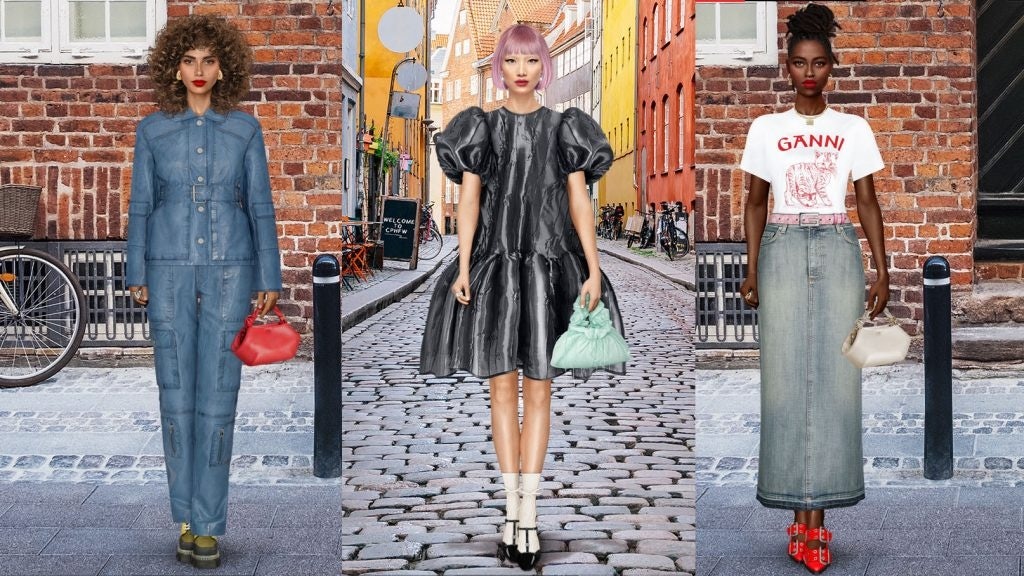
Seizing opportunities#
How can luxury brands seize the snowballing opportunity presented by gaming? Williams argues that it isn’t as easy as slapping a logo on a shirt, and that brands often overlook the nuances when it comes to what gamers want.
“You gotta respect the culture, the diversity, the subtleties. You're not just speaking to one kind of gamer, you're speaking to an entire ecosystem of people with varied interests and backgrounds,” he says.
Williams also believes it’s about seeing tie-ups as more a permanent marriage with enduring shelf-life than hype moments.
Channeling authentic values is key, and investing time into understanding the idiosyncrasies of each gaming landscape can result in big rewards.
“Brands need to clearly understand the environment and associate themselves with the right gaming titles and talents. It all starts from where the brand wants to go and what values/mission it represents. With this in mind, and through a deep analysis of the huge gaming ecosystem, it is then simple to find the right partnerships,” says Rosso, who also leads the OTB fashion group’s Web3 activations.
RTFKT’s Pagotto echoes this sentiment. “Gaming is a passion first and business second. To really follow and understand the workings of the industry and its creative models, you have to be in it for the long run,” he says. “There’s more to it than just quoting a McKinsey report.”
